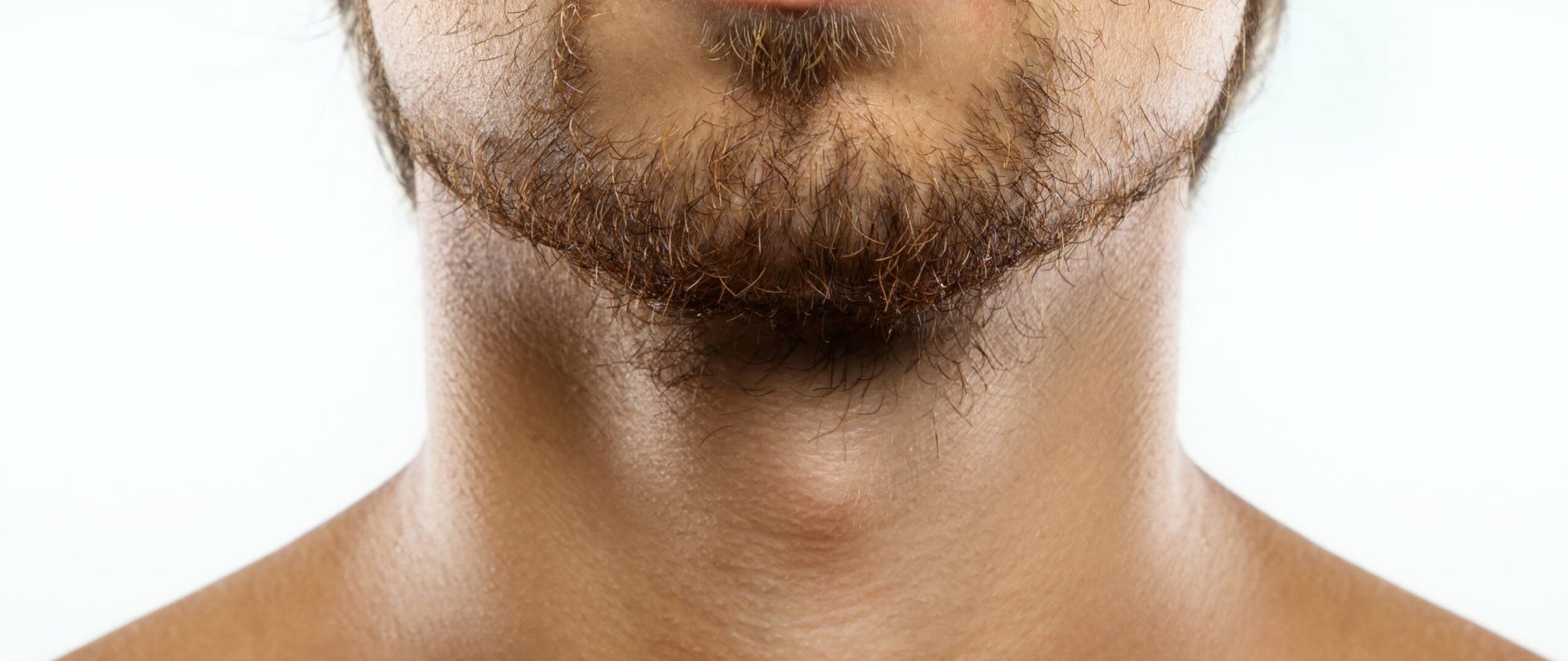
Beard Transplant
Beard transplantation is a procedure in which an individual’s healthy hair follicles are taken and transplanted into the problematic area to achieve a natural-looking beard or mustache appearance Beard transplantation can also be used to cover acne or scars on the face It can be applied to completely hairless areas as well as to areas where a fuller appearance is aimed.
With beard transplantation, new hair follicles are permanently grafted Therefore, after beard transplantation, the person can shave and shape his beard as usual. It is very important that beard transplantation is performed under the supervision of an experienced doctor in order to achieve a successful natural result.
The most common procedure used in beard transplantation is the FUE method In this method, the roots taken from the donor area are grafted one by one to the problematic area and only small and white round scars are left The surgeon can usually harvest one out of every five follicles, but results vary according to the quality of the procedure.
The FUT method involves removing a small strip of tissue from the donor area The surgeon then closes the scar from which the tissue was removed.
The beard transplant procedure has three steps: hair preparation, hair collection and hair placement. In beard transplantation, the area behind the ear or the nape of the neck is first prepared for the procedure by shaving. An electronic stapler is used to remove the hair grafts and local anesthesia is used to reduce discomfort. The hair grafts are placed to match the individual’s existing beard shape, the direction of the hair and the desired density. A typical beard transplant procedure takes about 1 to 3 hours, the results of beard transplantation are immediately noticeable. At the end of the procedure, an antiseptic dressing will be applied to the area to reduce discomfort and prevent an unwanted situation.
Today, facial hair transplantation is becoming more and more common.Beard transplantation can be a good option for men who want to improve the appearance of their beard.Hair transplantation in the cheek, moustache or goatee areas can provide patients with permanent hair growth in areas where hair is sparse or absent.
As in hair transplantation, the expert donor will decide where to take the follicles according to which area the hairs taken from will adapt better.After the procedure, the transplanted hair should grow like natural facial hair and should be shaved and cared for normally.Beard transplantation is also used to change the beard line for reasons such as the desire to hide scars.
When a person applies for a beard transplant, specialists will examine every aspect of the beard area to determine how natural-looking the results can be.Every procedure performed during the beard transplantation process is done by paying attention to the direction, angle and density of the individual’s beard growth..
After the beard transplantation procedure, the transplanted hairs will fall out in about 2 to 3 weeks. However, the hair follicles should start to regrow permanently within about 3 to 4 months after regeneration. Although individual results may vary after transplantation, the majority of patients are very satisfied with the results.
There may be mild side effects after beard transplantation, but it is a very safe procedure when done in safe hands.Mild bruising, swelling, redness, skin sensitivity and ingrown beard can be counted among the side effects of beard transplantation.Although the formation of small crusts around the newly transplanted hair may be normal at first, a doctor should be consulted if it lasts longer than a week.Many experts recommend not washing the face until the crusts fall off.
The recovery period after beard transplantation is generally painless or slightly painful. The visible scars of the procedure usually heal within a week and the person can start shaving again after a week to 10 days.


